
The Sigma 135mm f/1.8 DG HSM is the seventh lens in the Art series. Sigma’s Art series have enjoyed a good reputation of not only being optically very good, but also as affordable options for both stills and video shooters.
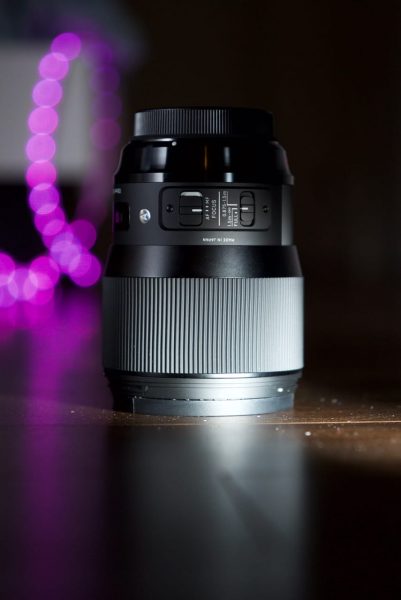
I wanted to see how Sigma’s latest fast full frame prime lens performed, and how it compares to the Canon 135mm f2 USM. 135mm prime lenses have traditionally been popular among stills photographers for portrait photography, but they’re not commonly found in most video shooters’ kits. On a full frame sensor 135mm is a nice focal length, on a Super 35mm sensor it can be a little long to use as an interview lens, and not versatile enough to cover the telephoto range.
Is a 135mm prime lens good for video shooters?
This is a difficult question to answer. It really depends on what you are shooting and how many lenses you want to carry around. For me a 135mm prime lens makes for a good interview lens if you are using a Super 35mm sensor camera and need to compress up a background in a large room. The trouble is for a lot of documentary, news, or run-and-gun shooters carrying around a 135mm lens is more of a luxury than a necessity. For this type of work it makes more sense to use something like a 70-200mm.
If you are in the market for a fast 135mm prime lens what does the Sigma f/1.8 DG HSM have to offer?
The specs
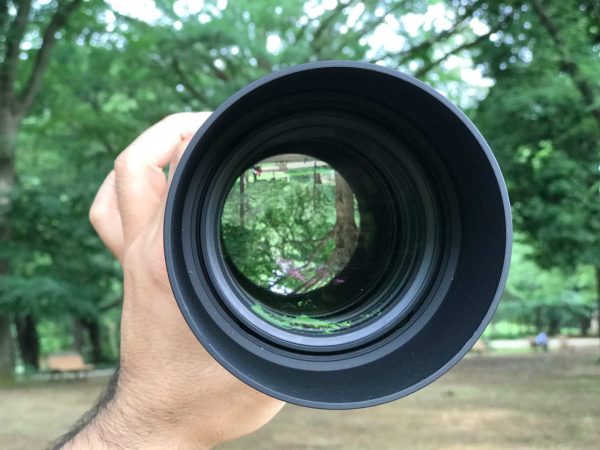
The Sigma 135mm f/1.8 DG HSM has nine diaphragm blades and the lens is constructed of 13 elements in 10 groups. It has a 87.5cm (34.4″) close focus ability, an 82cm front filter diameter and weighs in at 1.13kg (2.49lb). It is a full frame lens that features a Hyper Sonic Motor (HSM) and is available is Sigma, Canon and Nikon mounts.
Build quality
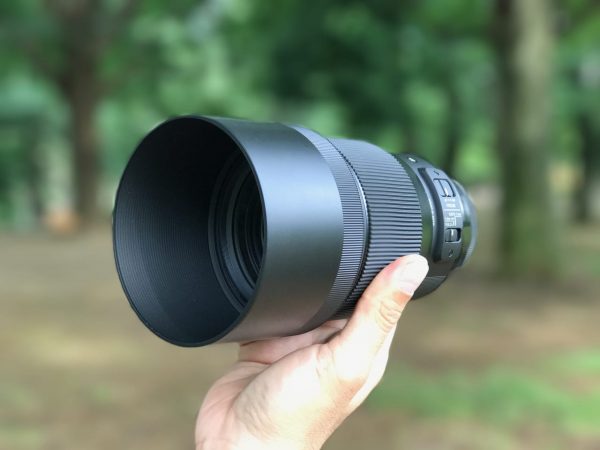
Sigma Art lenses have always felt solidly made and the 135mm is no exception. The lens is heavy at 1.13kg, but this weight also conveys a sense that you are getting quality. The lens feels nice in the hand and the focus ring is large and has a nice amount of resistance.
The competition
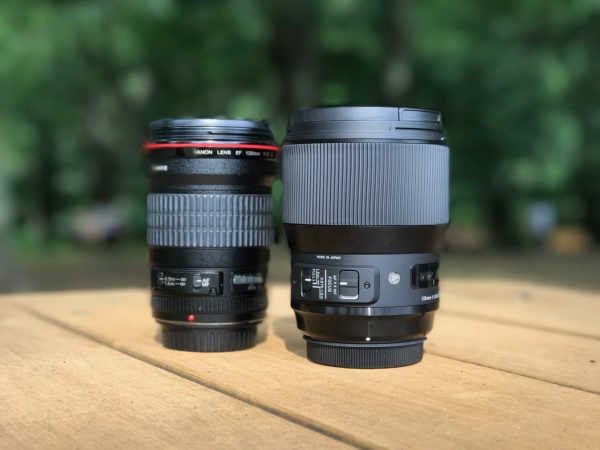
As we are reviewing the Sigma 135mm f/1.8 DG HSM lens in Canon EF mount, the competition for this lens comes directly from the Canon 135mm f/2 USM. The Canon 135mm f/2 USM lens has been around since 1996. Yes, you read that right, 1996. What is even more remarkable is that exact same lens that was first available in 1996, is the same lens that sells today some 21 years later. The 135mm f/2 USM has a strong reputation of being one of Canon’s best lenses of all time. Not only is it small and light at 750g (1.65lb), but it is also optically very very good. So let’s see how the two lenses measure up when we pit them against each other.
Sharpness
The Art series primes have a solid reputation of being very sharp lenses, so I was keen to see how well the lens measured up against the very good Canon 135mm f/2 USM. I shot a series of tests using real objects and not charts. I don’t shoot charts for a living even though it’s probably a more scientific way of doing it, it’s not how I like to do my tests.
From my tests I found that the Sigma 135mm f/1.8 is a sharp lens. I didn’t find much of a difference in sharpness when the lens was set at f/8, f/5.6 or f/4. The only significant falloff I saw was between f/2.8 and f/1.8. Wide open at f/1.8 the lens was not as sharp as I was expecting. To my surprise I found that the Canon 135mm f2 USM was slightly sharper than the Sigma no matter what f-stop I tested it at. Both lenses had impressive edge to edge sharpness. The Sigma is certainly no slouch in the sharpness department, but the Canon did out perform the Sigma in these tests.
Bokeh
Everyone loves a bit of bokeh and both the Sigma and Canon are both capable of producing it in bucket loads. Both lenses create nice round bokeh, the only real difference between the two was that the Canon has a softer look to it while the Sigma’s is a little sharper and more pronounced. What type of bokeh you like and what kind of bokeh someone else likes could be two completely different things. I personally liked the bokeh from both these lenses.
Chromatic aberration
There is nothing worse than having a nice fast prime lens that you can’t use wide open because it produces too much chromatic aberration. The whole reason you buy a fast prime lens is so you can use it wide open. I was interested to see if either of the lenses showed any form of chromatic aberration. I have seen several versions of the Canon 135mm f/2 USM over the years that did produce some chromatic aberration when used wide open, but the version I have doesn’t suffer from this. I set up a small test where I heavily backlit a metal robot. If a lens has chromatic aberration it will appear on the edges of shiny bright surfaces. I also overexposed my image when the lenses were wide open or nearly wide open to see if there was any colour fringing around the edges of the object I was shooting.
From my tests both lenses showed no visible signs of chromatic aberration even when used wide open. They both performed very well and I would happily use either lens wide open even when shooting in scenarios where chromatic aberration usually rears its ugly head.
Flare
So how do the Canon and Sigma perform when dealing with bright light sources being pointed straight at the lens? Just like bokeh flare is very much a personal choice, but I did prefer the flare that the Canon produced. Both lenses deal with direct lens sources very well, particularly once you start stopping them down.
“Look”
It was interesting to see that both lenses matched very closely when it comes to the look. The colour palette is almost identical, and the only real difference I could see was that the Canon was slightly more contrasty than the Sigma.
Operation
The Sigma has a slightly larger focus throw than the Canon and the large focus ring makes it a lot smoother and easier to use. For video shooters the Sigma is a better choice if you are focusing manually.
Autofocus
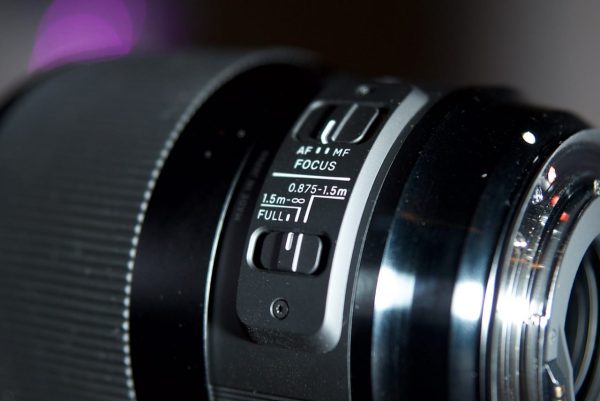
We tested both the Sigma and Canon on the Canon 5D Mark IV shooting both video and stills. Both lenses’ autofocus performance was impressive, but of course this will entirely depend on what camera you are using the lenses on. On the 5D Mark IV the touchscreen autofocus worked well with both lenses. On the upcoming Canon C200, you should be able to get excellent autofocus results when using the Sigma 135mm.
Real world use
Testing in controlled environments is one thing, but how was the lens to use out in the field. I went out with my friend Taro Irei so we could shoot some stills and video images on the Canon 5D Mark IV to see how the lens performed. The lens is definitely capable of producing nice results and works well if you want to make your subject stand out from the background. Not only is it nice and sharp, but it is easy to use and operate.


Cost
The Sigma 135mm f/1.8 DG HSM lens retails for $1,399 US and the Canon 135mm f/2 USM is $999 US. This makes the Canon a very compelling option given the significant difference in price.
Verdict
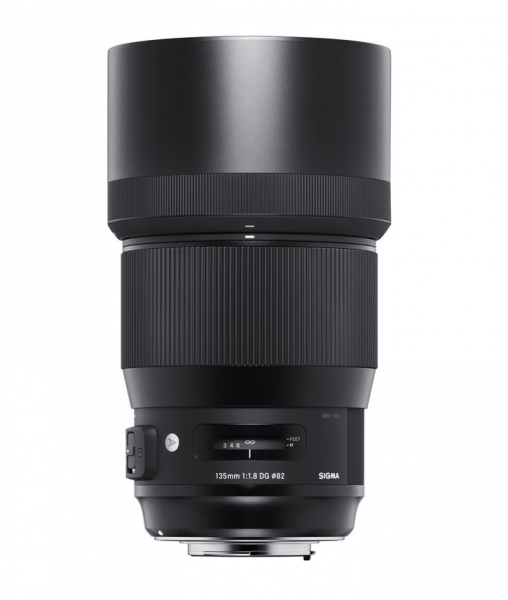
Both the Sigma 135mm f/1.8 DG HSM and Canon 135mm f/2 USM are optically very good. They are both sharp and offer excellent performance. If you were in the market for a 135mm prime lens which one you choose really depends on what other lenses you own, and how much money you have to spend. If you already own a bunch of Canon L series lenses then the Canon makes the most sense, if you own a bunch of Sigma Art series then you go with the Sigma. In saying that both lenses match so closely that you could easily integrate either one into your Canon or Sigma lens collection.
Yes 135mm may be a niche lens for a lot of people, but if you shoot both stills and video and use a full frame camera like a Canon 5D Mark IV then a 135mm prime makes a lot of sense. If you are only shooting video on a Super 35mm sensor camera then the argument for purchasing a 135mm prime lens becomes a little more difficult.
If you are waiting on the cine prime version of the 135mm then it is fairly safe to assume that the optical performance should be almost identical to that of the stills.
Sigma have done a nice job with the 135mm f/1.8 DG HSM and its performance is right up there with the Canon 135mm f/2 USM which is arguably one of the best lenses Canon has ever produced. Despite costing $400 more than the Canon, I found the Sigma to be a better option for video shooters given its smoother manual focus and slightly bigger throw.
Do you use a 135mm lens in your kit? Would you consider one? Let us know in the comments below.





